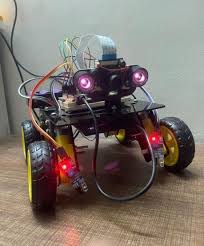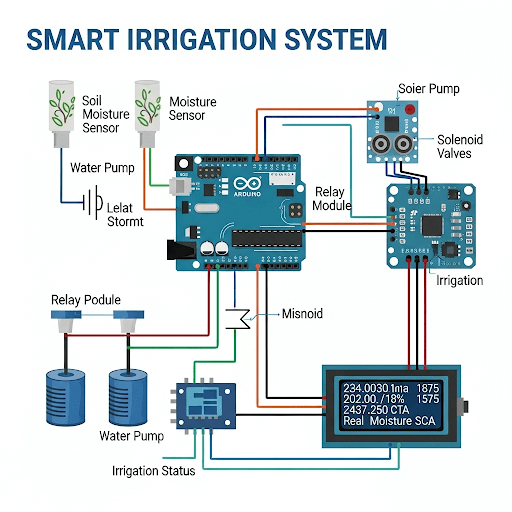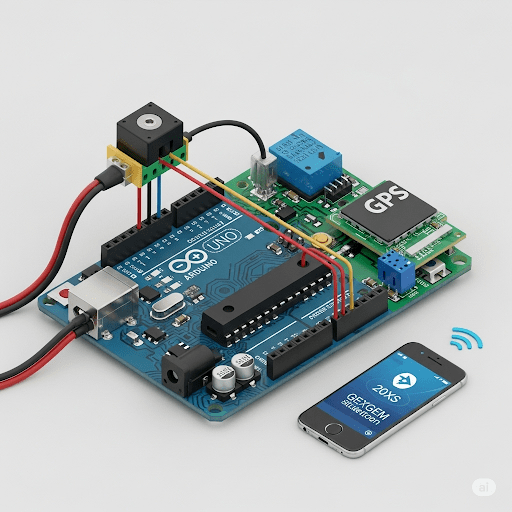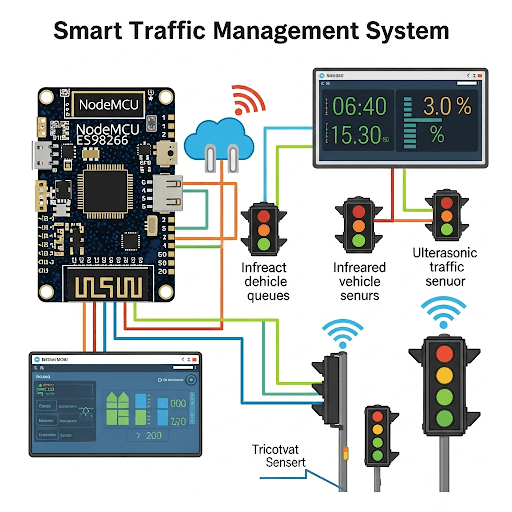Arduino-Powered Proximity Sensing Radar
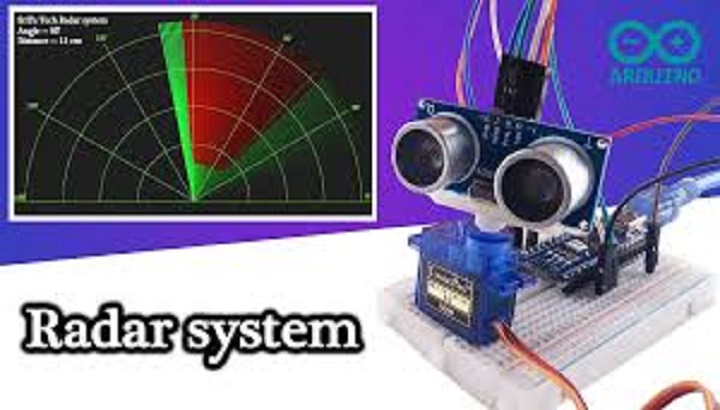
Components and Functions: Arduino Microcontroller: Serves as the central control unit for processing data from the ultrasonic sensor and controlling the output devices. Ultrasonic Sensor: Measures the distance to objects by emitting ultrasonic waves and detecting the reflected signals. Servo Motor: Rotates the ultrasonic sensor to scan the surrounding area, creating a radar-like sweeping effect. LCD Display: Provides a visual interface to display distance readings and object positions. LED: Lights up to indicate the presence of an object within a critical range. Buzzer: Emits a sound to alert when an object is detected within a predefined proximity. Jumpers: Used to connect the components to the Arduino board for communication and power supply.
Operation: The ultrasonic sensor, mounted on the servo motor, rotates to cover a 180-degree area. As it sweeps, it continuously measures distances to nearby objects. The Arduino processes these measurements to determine if an object is within a critical range. If an object is detected, the Arduino triggers the LED and buzzer to provide immediate feedback. The distance and position of the object are displayed on the LCD screen for real-time monitoring.
Applications: This radar system can be used for various applications, including proximity alert systems, obstacle detection in robotics, and basic surveillance systems. It provides a foundation for understanding radar technology and can be expanded with additional features for more complex tasks.
In summary, this project integrates multiple components to create a functional radar system, demonstrating the principles of distance measurement, data processing, and output control using Arduino.
Related project idea for free
Women Safety Night Patrolling Robot - Arduino
Nowadays Women Safety is the biggest concern in many parts of the world. There is still a fear in alone areas for women as well as men. So here we propose a security patrolling robot using Raspberry PI. The system uses cameras and mic mounted on robotic vehicle for securing any premises. The robo...
Read more>>Smart Irrigation System - Arduino
Farmers frequently have to irrigate the ground by hand. This is a labor-intensive task that takes a lot of time to complete. After all, it can be difficult for farmers to regularly check the amount of moisture in the entire field and irrigate the areas that need it. This Internet of Things projec...
Read more>>Smart Anti-Theft System - Arduino
One of the top priorities for residences, enterprises, and corporations is security. Strong security measures can prevent unauthorized intrusions. The IoT-based anti-theft system is the ideal choice for protecting both residential buildings and commercial buildings. This IOT-based security system...
Read more>>Streetlight Monitoring System using nodemcu esp8266 - arduino
A substantial amount of energy is consumed by streetlights. Streetlights frequently stay on even when no one is in the roadway. This IOT-based streetlight monitoring system allows us to effectively track and manage the energy usage of streetlights. In this Internet of Things (IoT) project, street...
Read more>>Smart Traffic Management System using nodemcu esp8266
Unavoidably, as the population grows, so do the number of vehicles on the road. Traffic congestion has turned into a common issue in cities and metropolitan areas as a result of the steadily rising number of both public and private vehicles. One of the best and most important IoT projects. This I...
Read more>>
